Additional notes (click to expand)
Horticulture
Clump-forming, tuberous perennial producing bright yellow flowers. Flowers 2-3cm across, each above a ruff of dissected, bright green leaves, in late winter and early spring. Quickly forms large colonies, particularly in alkaline soils. 5-8cm high by 5cm wide.
Brickell, C. (2003). A-Z Encyclopedia of Garden Plants. Dorling Kindersley. p.214
Fully to frost hardy. Grow in fertile, humus-rich soil that does not dry out in summer, in full sun or dappled light shade. Plant tubers 5cm deep in autumn. Eranthis tubers hate drying out. Like snowdrops (which are more tolerant), they need to be planted or transplanted "in the green", i.e. while the foliage is still fresh and the plants are in active growth. Prone to smuts. Slugs may eat the foliage.
Brickell, C. (2003). A-Z Encyclopedia of Garden Plants. Dorling Kindersley. p.214
Introduced to Britain as a garden plant in 1596. Now naturalised. First recorded in the wild in 1838.
Preston , et al. (2002). Online Atlas of The British & Irish Flora. http://www.brc.ac.uk/plantatlas/
link
Medicinal
The reason it was called Winter aconite and linked to Aconitum napellus as being just as poisonous is because plants were classified according to leaf shape in the 16th century. L'Obel's Stirpium adversaria nova (1571) and Plantarum seu stirpium historia (1576) (with a full page illustration on page 384 showing Eranthis and Aconitum together) along with the knowledge that related plants have similar medical properties caused the belief that Eranthis are as poisonous as Aconitum. They are both in Ranunculaceae and while Eranthis (like all Ranunculaceae) is toxic if eaten, it does not contain the same chemicals as Aconitum. Caesalpino (Ekphrasis, 1616) pointed out the error in classifying according to leaf shape and recommended flower shape. It contains pharmacologically interesting chemicals such as khellin, also present in Ammi visnaga. This is a vasodilator but quite toxic, but can be converted into khellin analogues such as sodium cromoglicate – used as a prophylaxis against asthma attacks – and amiodarone which has anti-arrhythmia actions so is used for atrial fibrillation and other arrhythmias. It is endangered and protected in the wild (Croatia) because of over-collecting for horticulture.
Oakeley, Dr. Henry F. (2013) Wellcome Library notes.
Nomenclature
Gerard called it Aconitum hyemale, Winter Woolfes-bane, Hibernum or winter Aconite.
Gerard, J. (1975). The Herbal or General History of Plants. New York: Fascimile Dover Publications Inc . p.968
From the Greek 'er' for spring and 'anthos' for flower.
Stearn, W.T. (1996). Dictionary of Plant Names for Gardeners. Cassell. p.132
hyemalis- belonging to winter, 'hyems'.
Stearn, W.T. (1996). Dictionary of Plant Names for Gardeners. Cassell. p.170
Other use
Gerard wrote that it was 'counted to be very dangerous and deadly, hot and drie in the fourth degree' and reported to be good against scorpion bites.
Gerard, J. (1975). The Herbal or General History of Plants. New York: Fascimile Dover Publications Inc . p.968
Phytochemistry
Active principle- all parts especially tubers: eranthin A, B and other cardiac glycosides of the
bufadienolide type.
Wink, M. (2009). Mode of Action and toxicology of plant toxins and poisonous plants. Mitt. Julius Kuhn-Inst. 421:93-111. p.99
Toxicity
Class 1b: Highly hazardous: cardiac glycosides inhibit Na+,K+-ATPase, substantial ingestion causes
symptoms of cardiac glycoside poisoning, nausea, vomiting, diarrhoea, colics, bradycardia, disturbed vision, dyspnoea, cardiac arrest.
Wink, M. (2009). Mode of Action and toxicology of plant toxins and poisonous plants. Mitt. Julius Kuhn-Inst. 421:93-111. p.99
Highly toxic due to content of bufadienolide cardiac glycosides
Professor Anthony Dayan, 2022
Geographical distribution
- Asia-Temperate, Western Asia, Iraq
- Asia-Temperate, Western Asia, Turkey
- Europe, Southeastern Europe, Bulgaria
- Europe, Southeastern Europe, Italy
- Europe, Southeastern Europe, Yugoslavia
Eranthis hyemalis Salisb.
Family: RANUNCULACEAEGenus: Eranthis
Species: hyemalis Salisb.
Common names: Winter Aconite
Distribution summary: S.E. Europe, Turkey, Iraq
Habit: Perennial
Hardiness: H5 - Hardy; cold winter
Habitat: Lowland, open woodland, grassland, scrub and verges
Garden status: Currently grown
Garden location: Plane tree bed (P)
Flowering months: January, February
Reason for growing: Medicinal, toxic
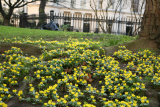
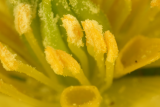
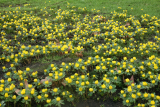
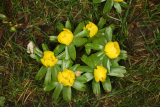
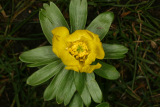
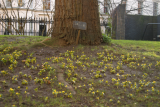

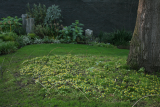
.JPG)
.JPG)
.JPG)
.JPG)
.JPG)
.JPG)
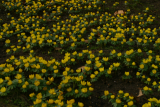
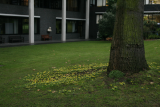

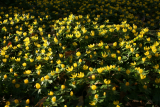
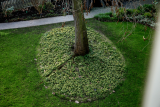
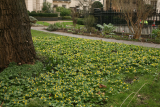
.JPG)
.JPG)
.JPG)
 - Copy.JPG)
.JPG)
.JPG)

.JPG)
.JPG)
.JPG)
.JPG)

 with rust disease .JPG)
 with rust disease .JPG)
.JPG)
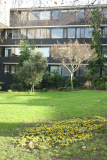

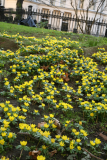
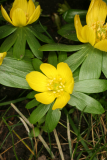
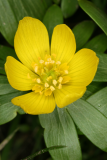
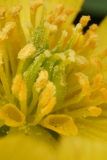
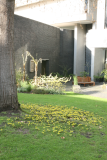
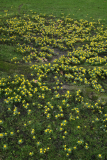

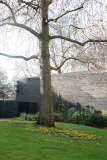
.JPG)
.JPG)

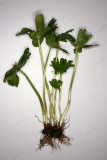
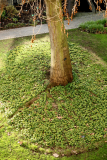
.JPG)
.JPG)
.JPG)
.JPG)
.JPG)
.JPG)